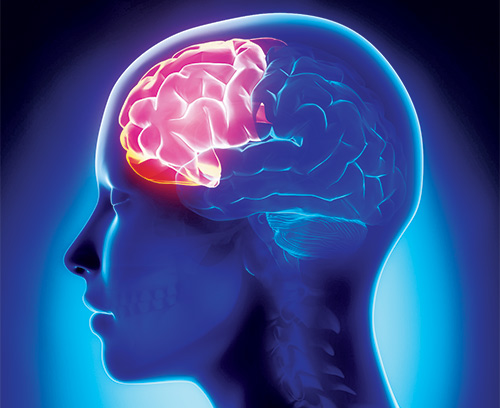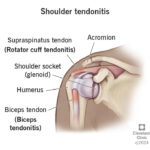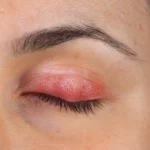Dementia with Lewy Bodies (DLB) is a progressive neurodegenerative disorder characterized by the presence of abnormal protein deposits known as Lewy bodies in the brain. This condition shares symptoms with both Alzheimer’s disease and Parkinson’s disease, making accurate diagnosis challenging. It is the second most common type of progressive dementia after Alzheimer’s, affecting cognitive functions, motor abilities, and behavior.

Understanding Lewy Bodies
Lewy bodies are abnormal aggregates of alpha-synuclein protein that accumulate in neurons, disrupting normal brain function. These deposits are primarily found in the cerebral cortex and brainstem, leading to cognitive decline, movement disorders, and psychiatric symptoms.
Symptoms of Dementia with Lewy Bodies
DLB presents with a combination of cognitive, motor, and neuropsychiatric symptoms, including:
Cognitive Impairment
- Memory loss (less severe than in Alzheimer’s disease)
- Difficulty with problem-solving and spatial awareness
- Fluctuating cognition with periods of clarity and confusion
Motor Symptoms
- Parkinsonism (tremors, rigidity, bradykinesia)
- Postural instability and frequent falls
- Muscle stiffness
Neuropsychiatric Symptoms
- Visual hallucinations (a hallmark of DLB)
- Depression and anxiety
- Sleep disturbances, including REM sleep behavior disorder (RBD)
Autonomic Dysfunction
- Blood pressure fluctuations
- Urinary incontinence
- Constipation
Causes and Risk Factors
While the exact cause of DLB is unknown, several risk factors have been identified:
- Genetic factors: Mutations in genes like SNCA and GBA may contribute
- Aging: Risk increases significantly after the age of 60
- Family history: A family history of Parkinson’s or dementia raises the risk
- Neurochemical changes: Decline in neurotransmitters like dopamine and acetylcholine
Diagnosis
Accurate diagnosis of DLB requires a comprehensive approach involving:
Clinical Evaluation
- Cognitive and neurological assessments
- Review of medical history and symptom progression
Imaging Tests
- MRI/CT scans: Rule out other causes of dementia
- DaTscan (dopamine transporter imaging): Helps differentiate DLB from Alzheimer’s
Biomarker Testing
- CSF biomarkers: Indicate the presence of alpha-synuclein
- Polysomnography: Detects REM sleep behavior disorder
Treatment and Management
Although there is no cure for DLB, treatment focuses on managing symptoms and improving quality of life.
Medications
- Cholinesterase inhibitors (e.g., donepezil, rivastigmine): Improve cognitive function
- Levodopa: Manages motor symptoms, though with limited effectiveness
- Antipsychotics (used cautiously): Atypical antipsychotics like quetiapine may be used but can worsen symptoms
Non-Pharmacological Therapies
- Physical therapy: Enhances mobility and reduces falls
- Cognitive therapy: Helps manage memory and problem-solving difficulties
- Sleep management: Melatonin and improved sleep hygiene can reduce disturbances
Living with Dementia with Lewy Bodies
Caregivers play a crucial role in managing DLB. Essential strategies include:
- Creating a structured daily routine
- Ensuring a safe home environment
- Engaging in cognitive stimulation activities
- Seeking support groups for emotional and psychological support

